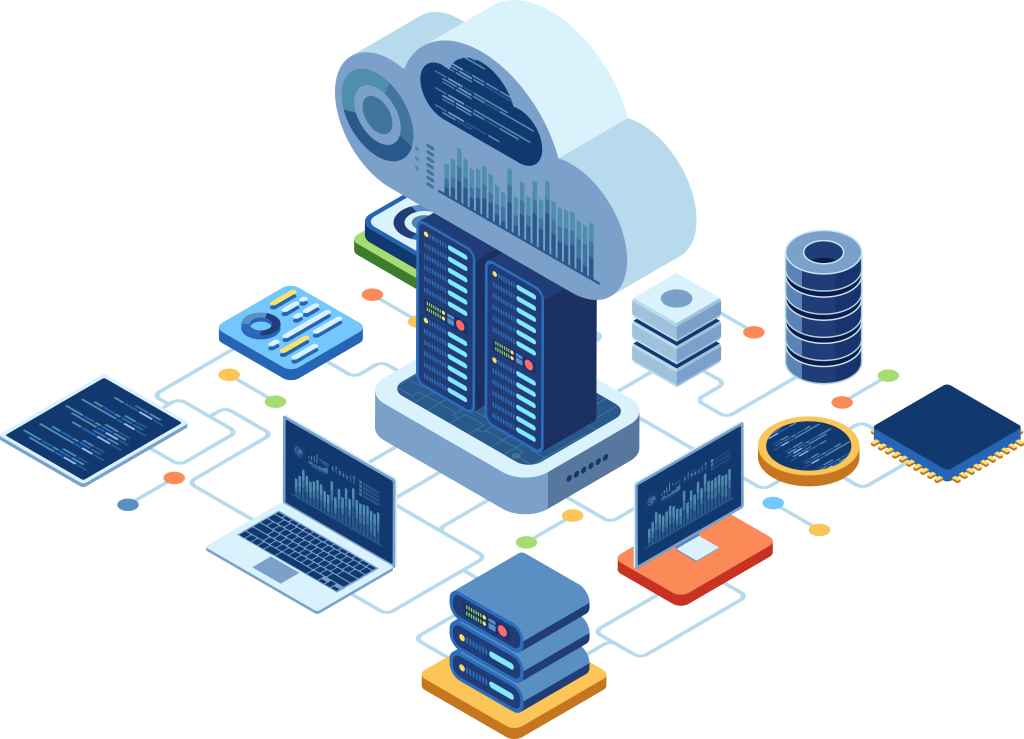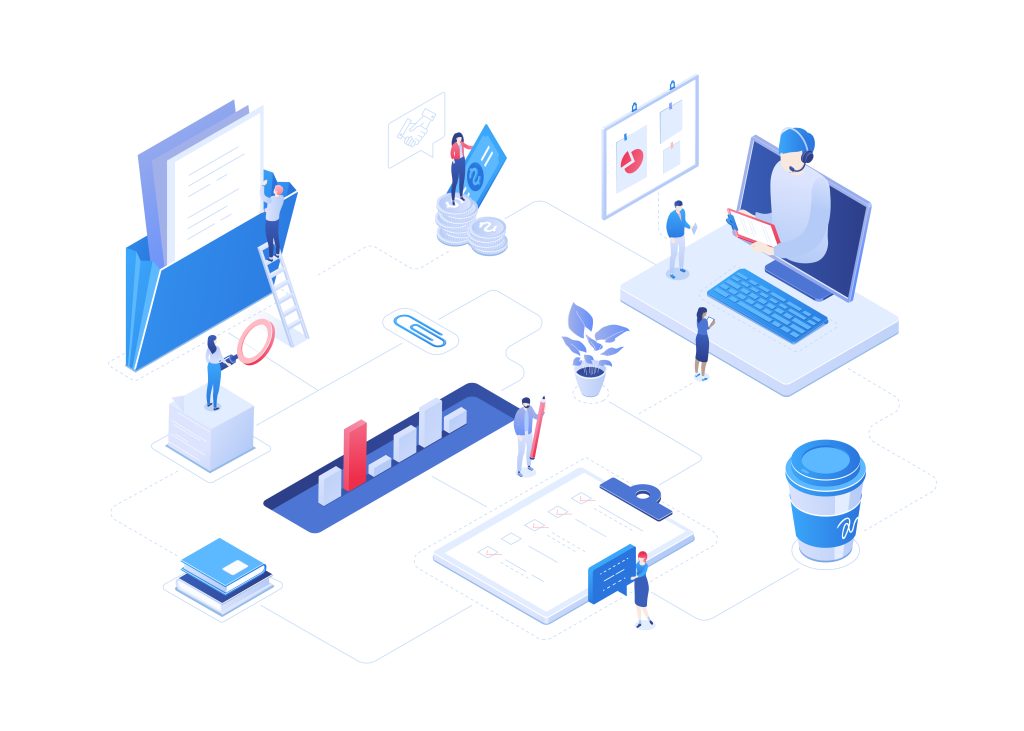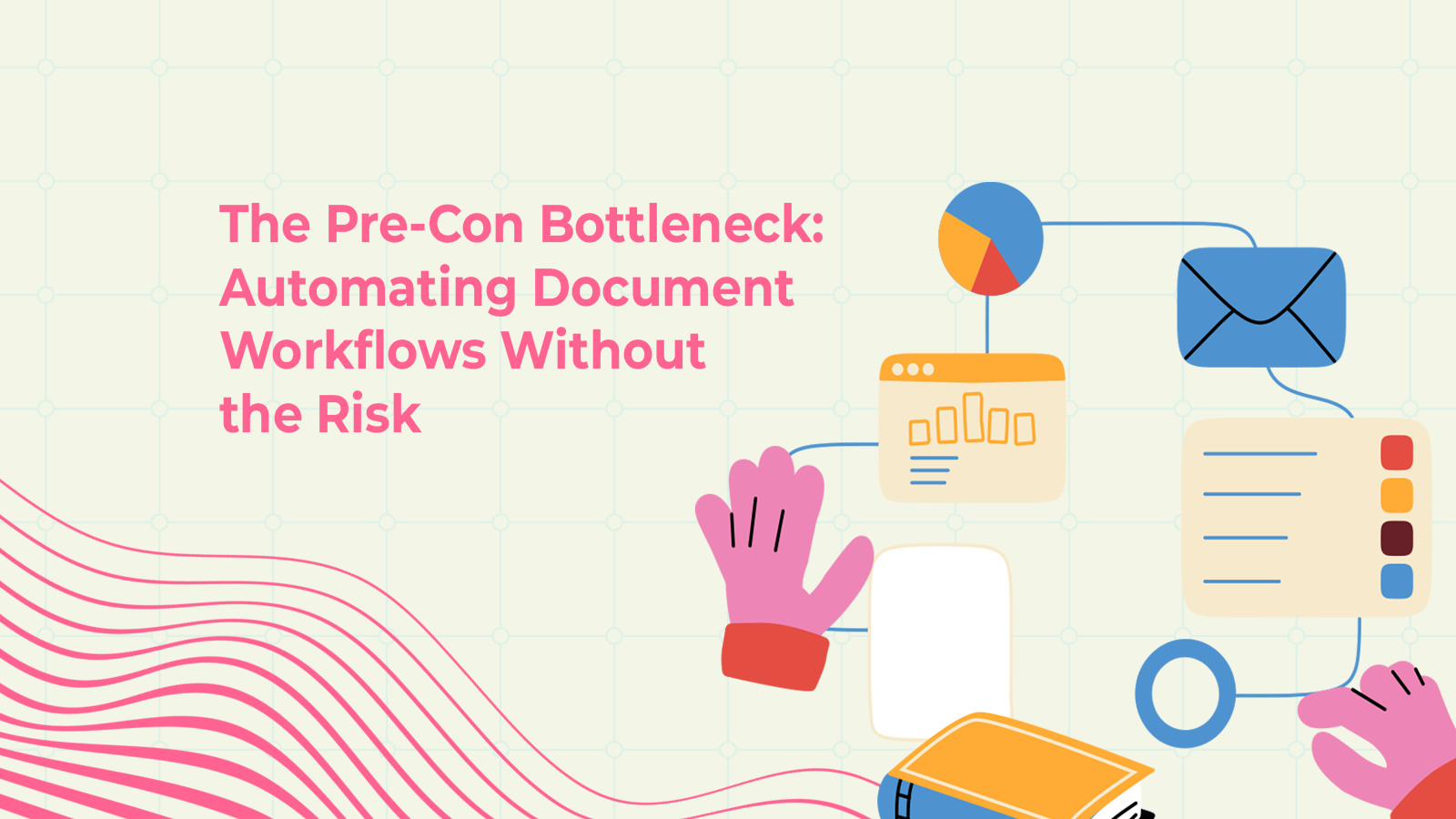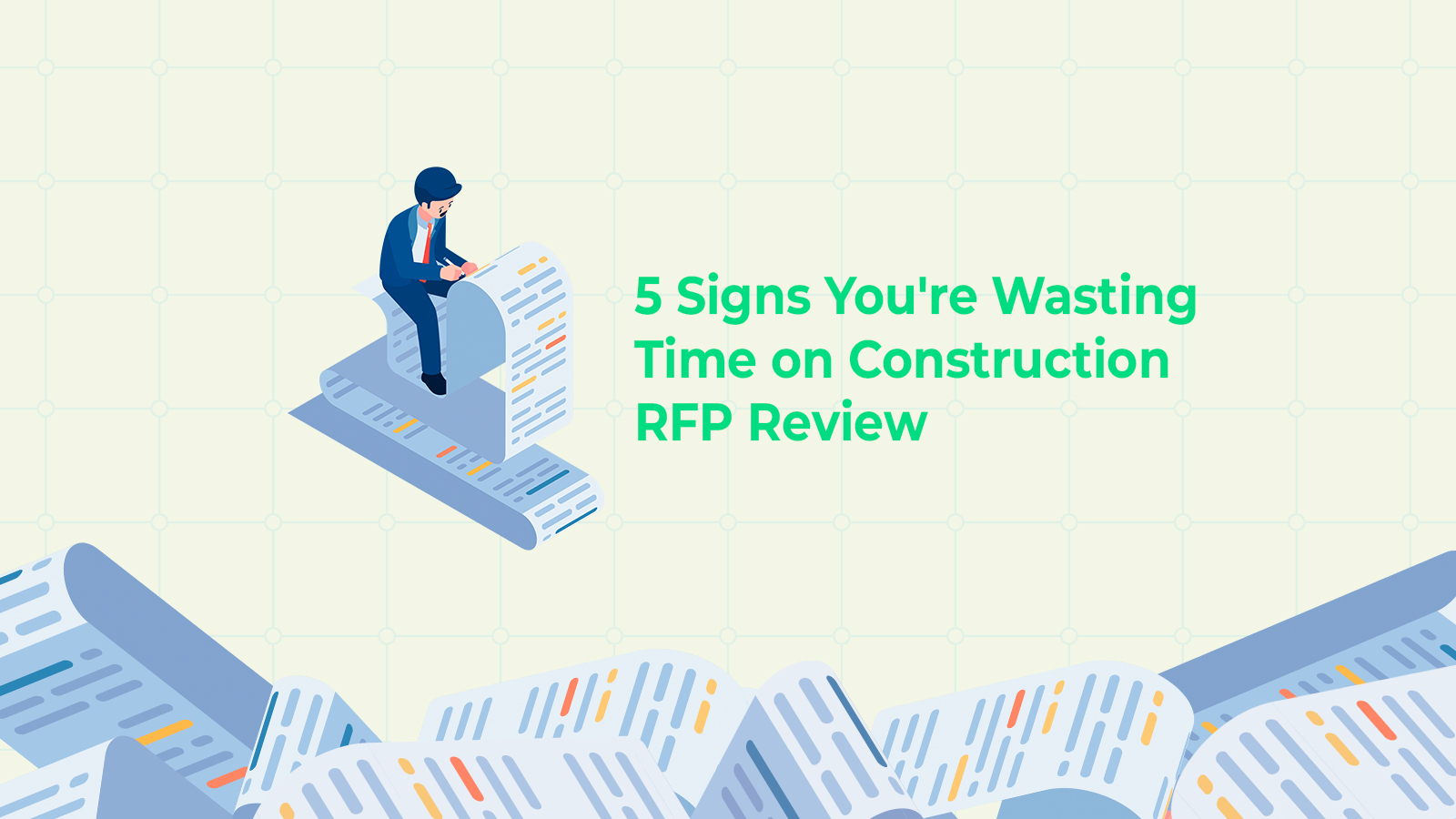The SaaS Graveyard in Your Budget
Take a look at your company’s software budget.
If it’s like most, it’s a sprawling, growing list of subscriptions. A tool for marketing. Another for sales. Three for operations. A dozen more that someone in finance signed up for in 2022 for a project that never quite took off. Each one promised to be the perfect solution. Some probably were, for a while.
But now, many of them sit in a SaaS graveyard still on the payroll, but their initial promise long since faded.
This is the reality of modern business: we’re all drowning in apps. We’ve been sold a myth that for every problem, there is a perfect piece of software to buy. Or worse, the myth of the single “all-in-one” platform that will magically solve everything (it won’t).
This isn’t just about the money you’re wasting. The high cost of this SaaS sprawl isn’t what’s written on the invoice. It’s the drag it creates on your entire organization: the lost productivity, the broken processes, and the constant, nagging feeling that your teams are working harder, not smarter.
The real price you’re paying is hidden in the empty space between all those tools.

It’s Not the Apps, It’s the Empty Space Between Them
That empty space? It’s where your data goes to die.
The real problem isn’t that you have too many apps. It’s that your most valuable information is trapped inside them like prisoners in separate cells. The app that runs your factory floor has no idea what your inventory system knows. Your sales CRM can’t talk to your finance software without a clunky, custom-coded bridge that breaks if someone looks at it funny.
This is where the real cost of SaaS sprawl shows up. It’s in the hours your best people waste every week, copying and pasting data from one window to another, just to keep the lights on. It’s the Monday morning scramble to pull numbers from five different spreadsheets for a report that’s already out of date by the time it’s finished.
Your teams become “human glue,” spending their days holding broken processes together instead of doing the work they were hired for.
And it’s the number one reason your AI initiatives fall flat. You can’t ask an AI to “spot opportunities” or “predict problems” when it can’t see the whole picture. It needs your data to be a single, shared resource, not a collection of locked boxes.
This isn’t just inefficient. It’s a permanent handbrake on your business. You can’t be agile, you can’t automate, and you can’t innovate when you’re constantly fighting your own information.
The Game Has Changed. So Has the ‘Build vs Buy’ Debate
For the last twenty years, the build vs buy software debate has been a settled argument. Unless you had the budget of a Fortune 500 company, you bought.
Building custom software was a black hole of time and money. It meant massive teams, missed deadlines, and a huge risk of building the wrong thing. Buying an off-the-shelf SaaS product was faster, cheaper, and safer. It was the only sensible choice.
That logic is out of date.
Two powerful forces have completely changed the game, making the custom software development cost plummet while its potential skyrockets.
First, AI is no longer just a buzzword; it’s a co-pilot. Generative AI can now write code, structure data, and automate complex workflows in seconds. It acts as a tireless assistant, turning a six-month development project into a weekend task. The barrier to creating something new has been radically lowered.
Second, you can finally build on solid ground. The old way meant every new tool needed its own brittle, point-to-point integration. The new way is to connect all your systems once to a live, shared data layer. This becomes your foundation. Instead of building on a swamp, you’re building on bedrock. Anything you create on top automatically has access to clean, reliable, real-time data from across your entire business.

This flips the “build vs buy” debate on its head. The choice is no longer between a giant, risky project and a rigid SaaS tool. The new, smarter option is to build your own software, your own lean, lightweight apps, and powerful automations, directly on top of the data you already have.
Why Yesterday’s Solutions Can’t Build Tomorrow’s Business
If building on a foundation of shared data is the obvious answer, why hasn’t it happened already? Because the tools we’ve been using were never designed for it. Each one solved a piece of the puzzle but missed the big picture.
Data Lakes, for instance, are great for storing massive amounts of information. You can dump everything in there. But the data is raw and disconnected from your day-to-day work. It’s a museum for your data where you can look at it, but you can’t use it to run your operations in real time.
Integration Platforms are the pipes that connect your apps. They’re good at moving data from point A to point B. But they don’t clean it or structure it. They just create more complex, brittle plumbing. Your “single source of truth” ends up being a tangled web of connections that require constant maintenance.
Workflow Tools are perfect for simple, linear automations. “When a new email arrives, add it to a spreadsheet.” But each workflow is an isolated island. There’s no central understanding of the data, and if one step in the chain breaks, the whole process grinds to a halt.
These tools all treat data as something to be moved or stored. None of them treat it as what it should be: a live, interactive foundation that you can build upon.
The Future is a Shared Foundation
So, what’s the alternative? It’s not about finding another app to add to the pile. It’s about building a foundation underneath the apps you already have.
The answer is a live, shared data layer. A single, reliable source of truth that all your teams, tools, and AI can build upon. Instead of brittle, point-to-point integrations, you get a central hub that keeps everything in sync, in real time.

This is what we built Pivotly to do. We help you keep your best-of-breed apps, but lose the data silos for good.
Our approach is simple and methodical:
- Connect Everything. First, we bring all your app, spreadsheet, and system data into one central, live source. Pivotly Connect ensures every team and tool works from the same continuously synced data, so you can stop writing one-off APIs that break.
- Build Workflows with AI. Once your data is unified, Pivotly Prompt turns it into fuel for AI-powered workflows and automations that run reliably across your entire organization. You can answer complex questions and automate repetitive work without juggling fragile scripts.
- Launch the Tools You Need. Finally, with a secure data foundation in place, Pivotly Jump lets you launch lightweight apps, dashboards, and workflows in days, not months. Your teams get the exact tools they need without waiting in a long IT queue.
It’s a simple but powerful idea that we call “One truth, many tools.” You get the power of a single source of truth without forcing everyone into a single, monolithic system.
Conclusion: Stop Buying, Start Building
For years, we’ve been told the answer to every business problem is to buy another piece of software. We’ve cluttered our budgets and complicated our workflows in the search for the perfect tool, only to end up with more chaos.
That era is over.
The smartest and most agile companies are realizing the answer isn’t out there in another subscription. It’s already inside your own business, waiting to be unlocked from your data. The future doesn’t belong to the company with the most apps; it belongs to the one with the most connected data.
This isn’t just a theory, it’s a practical, achievable new way to run your business.
How much is your data workflow costing you?
Check out our calculator to get an idea of how much data fragmentation is really costing you
Calculate my costsOr, Take the Next Step:
No high-pressure sales pitch, just a practical plan to move forward.


